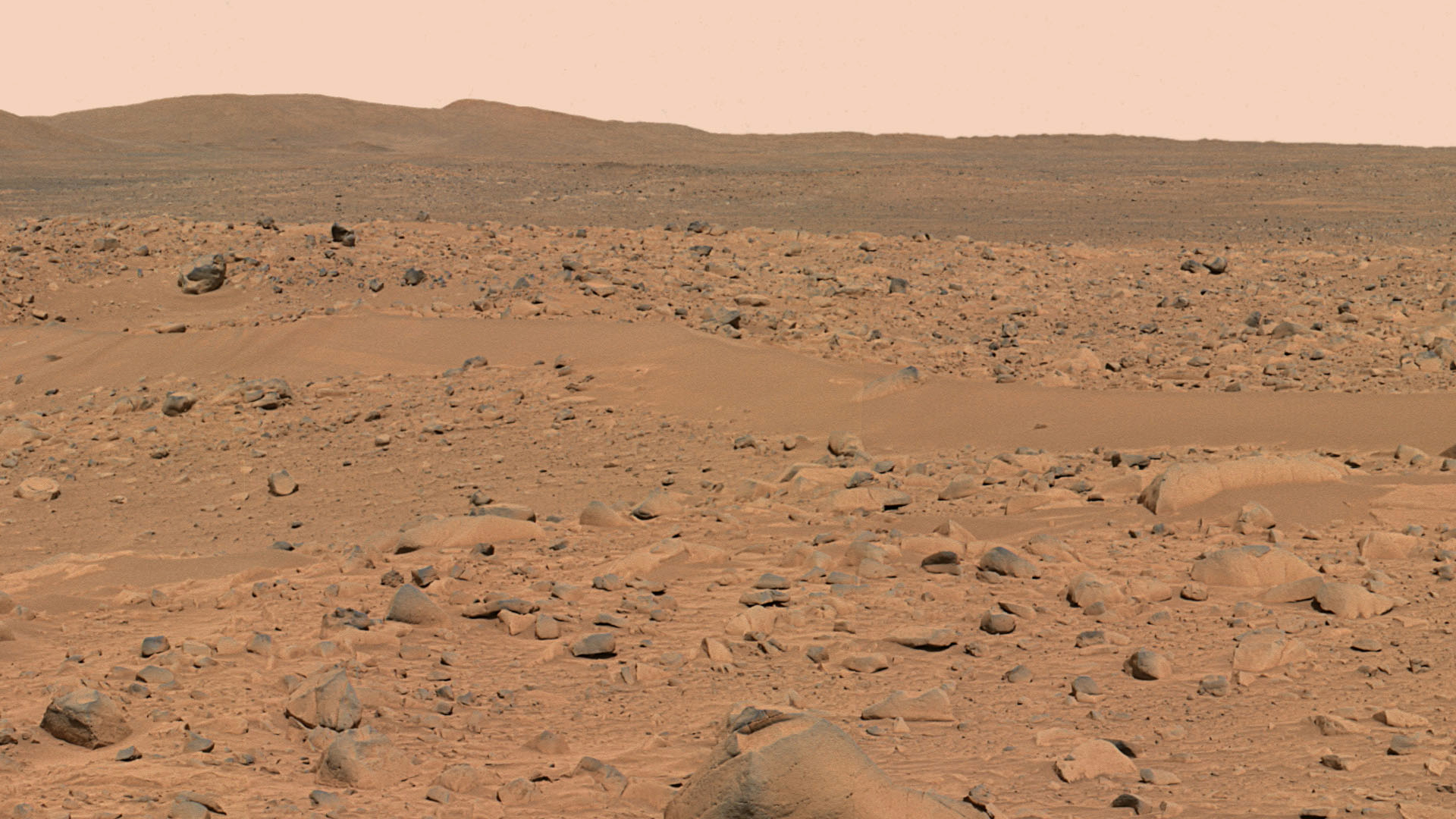If you've enjoyed this please share it on facebook, twitter, or whatever your favourite social media is.
NASA to present new finding on what happened to Mars' atmosphere
I honestly don't have much on what this announcement will be about, only that it comes from the team of NASA's MAVEN orbiter, which is studying the atmosphere of Mars. My guess is that there'll be some new evidence as to how the Martian atmosphere - once thick enough to support rivers and lakes on the surface - became the relative wisp of gas it is today. The panellists, who'll be answering questions after the announcement are:
- Michael Meyer, lead scientist for the Mars Exploration Program at NASA Headquarters
- Bruce Jakosky, MAVEN principal investigator at the Laboratory for Atmospheric and Space Physics (LASP) at the University of Colorado, Boulder
- Jasper Halekas, MAVEN Solar Wind Ion Analyzer instrument lead at the University of Iowa, Iowa City
- Yaxue Dong, MAVEN science team member at LASP
- Dave Brain, MAVEN co-investigator at LASP
 |
| Above: The surface of Mars is bleak desert today, but was it always so? Courtesy of JPL/NASA. |
Acid fog on Mars
The Spirit Mars rover died a while go now, but the massive amounts of data it sent back from Mars are still being studied, and new discoveries are being made with it. Planetary scientist Shoshanna Cole has pieced together a compelling story about how acidic vapours may have eaten at the Martian rock. Across a large area, rocks with a basically similar composition had been altered by something, becoming less crystalline and more amorphous. Cole hypothesises that the rocks were exposed to acidic water vapour from volcanic eruptions, similar to the acid volcanic smogs (called vog, which is a such a cool word for something really nasty) sometimes belched out by the volcano Kilauea on Earth. When the Martian vog landed on the surface of the rocks it dissolved some minerals, forming a gel. Then the water evaporated, leaving behind a cementing agent.
"Nothing is being added or taken away, but it was changed," Cole said. "This would have happened in tiny amounts over a very long time. There's even one place where you see the cementing agent healing a fracture. It's pretty awesome. I was pretty happy when I found that."
 |
| Above: A volcanic vent giving off a corrosive cloud of water vapour and sulphur dioxide - also known as vog. courtesy of Living In Hawaii |
The super-void and the cold hole in the sky - what do they mean?
The cosmic microwave background - the background radiation left over by the big bang - has a hole in it. That's not new news - the hole, or cold spot, has been known about since 2007. The best explanation to date has been the presence of a supervoid - a large gap in the web of stars and galaxies that make up the universe, and by large I mean over a billion light years of emptiness. Such a huge gap has strange effects on radiation that tries to pass through it, robbing it of its energy and making the void measurably cooler against the night sky.
But a new study, led by A. Marcos-Caballero of the Instituto de Fısica de Cantabria, pokes a few holes in this idea - even though there is a supervoid in the right part of the sky to cause the cold spot. According to the paper's calculations the supervoid alone isn't enough to cause the pattern of cooling seen. It's possible that the cold spot is due to something unrelated to the void, which just happens to line up from our point of view on Earth, but if they are related - and it seems unlikely such a large void and cold spot would align by coincidence - there might be some new kind of physics in play.
 |
| Above: the mysterious cold spot in sky. Is it evidence of a new kind of physics? Courtesy of ESA |
The Sun in ultra high definition
The Sun is an incredible natural source of power, and NASA's Solar Dynamics Observatory is an incredible tool with which to learn about it - but mainly the views SDO gets of the sun are incredibly beautiful (yes I can be a bit shallow like that). Check out this video, released by NASA this week, giving us all a taste of how SDO sees the Sun:
No comments:
Post a Comment